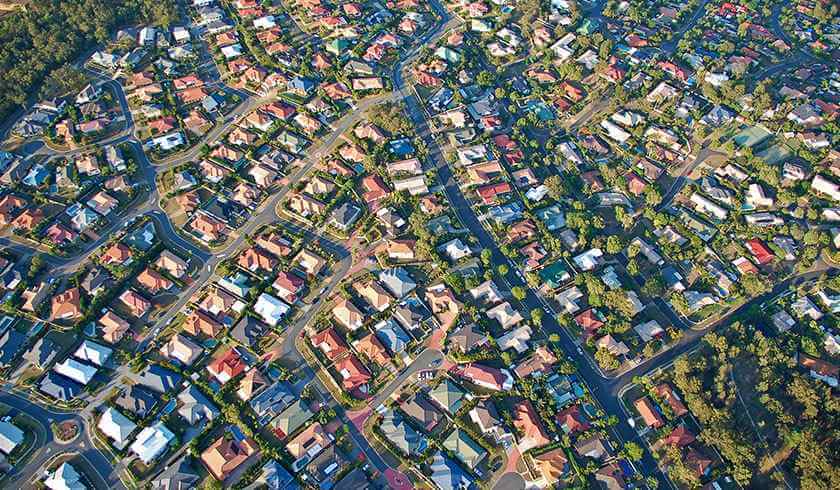Why negative gearing doesn’t have a big influence over the property market
Negative gearing has been an ongoing hot topic in the property industry, but some believe it doesn’t have a significant impact on the property market anyways. Here are some reasons why negative gearing may not be worthy of the attention it has received in recent years.

Negative gearing inevitably has some sway over the Australian housing market, but its influence is not colossal, the Sydney-based property investor and head of research at Propertyology Simon Pressley said on the Smart Property Investment Show.
To continue reading the rest of this article, please log in.
Create free account to get unlimited news articles and more!
“If it did, think about what happened in 2018. I’ll use some round figures. Sydney declined by 10 per cent. Hobart went up by 10 per cent. They both… [have] negative gearing,” Mr Pressley said.
“Brisbane and Adelaide went up by a couple of percent. Perth went down by a couple of percent. They’ve all got negative gearing. Tax policy is nowhere near the biggest influencing force [over the property market].
“Now, those who think it is and want to sit on the sidelines, you’re only going to harm yourself. If you don’t invest because you don’t get the election outcome you want, [and] negative gearing gets scrapped, well, how’s that going to help you in retirement?”
Investing for negative gearing?
Mr Pressley said he encourages property investors to think of negative gearing like stamp duty or land tax – like tax policies.
Mr Pressley agreed that some Australians invest in property for the purpose of negative gearing, seeing it as a property strategist of sorts, despite negative gearing being a tax outcome where essentially “you’re losing money”.
“If you’re negative gearing, you’ve lost money,” Mr Pressley reiterated.
“But buyer behavior, positive or negative, is what creates price fluctuations.
“If we think about properties [and] not just about investors. 70 per cent of property transactions each year are owner-occupiers. So, they don’t give a stuff about negative gearing, it doesn’t affect them.”
Mr Pressley claimed that, according to recent official ATO stats, around 30 per cent of Australians are property investors, and 40 per cent of those investment properties are “currently neutrally geared or positively geared”.
“So, only 60 per cent of the investment properties in this country already are negatively geared – 60 per cent of a small figure,” he said.
“It’s a small percentage of buyers who are affected by it.”
Negative gearing for the rich?
Further, around 90 per cent of all property investors in Australia own one or two properties at the most, host Phil Tarrant said.
Mr Pressley said that, meanwhile, having a small property portfolio is generally an indicator that such investors are probably not “really wealthy”.
When you get to six or more properties… that’s when you might start thinking that you’ve got a fair bit of wealth,” Mr Pressley said.
“So, what is the actual dollar amount that people… [are] negative gearing on their tax returns?”
According to official ATO statistics, the average tax loss that an investor claims on an investment property is $1,600, Mr Pressley claimed.
Therefore Labor’s negative gearing policy is unlikely to create a significant trickle down of wealth from the richest property investors, Mr Pressley said, as around “90 per cent” of investors who will be affected by the policy are not high-income earners with large property portfolios.
He concluded that he is not in favour of policy changes that are geared towards abolishing or drastically changing negative gearing.
“But sometimes in life, we just have to suck up – it is what it is – and get on with it,” he said.


